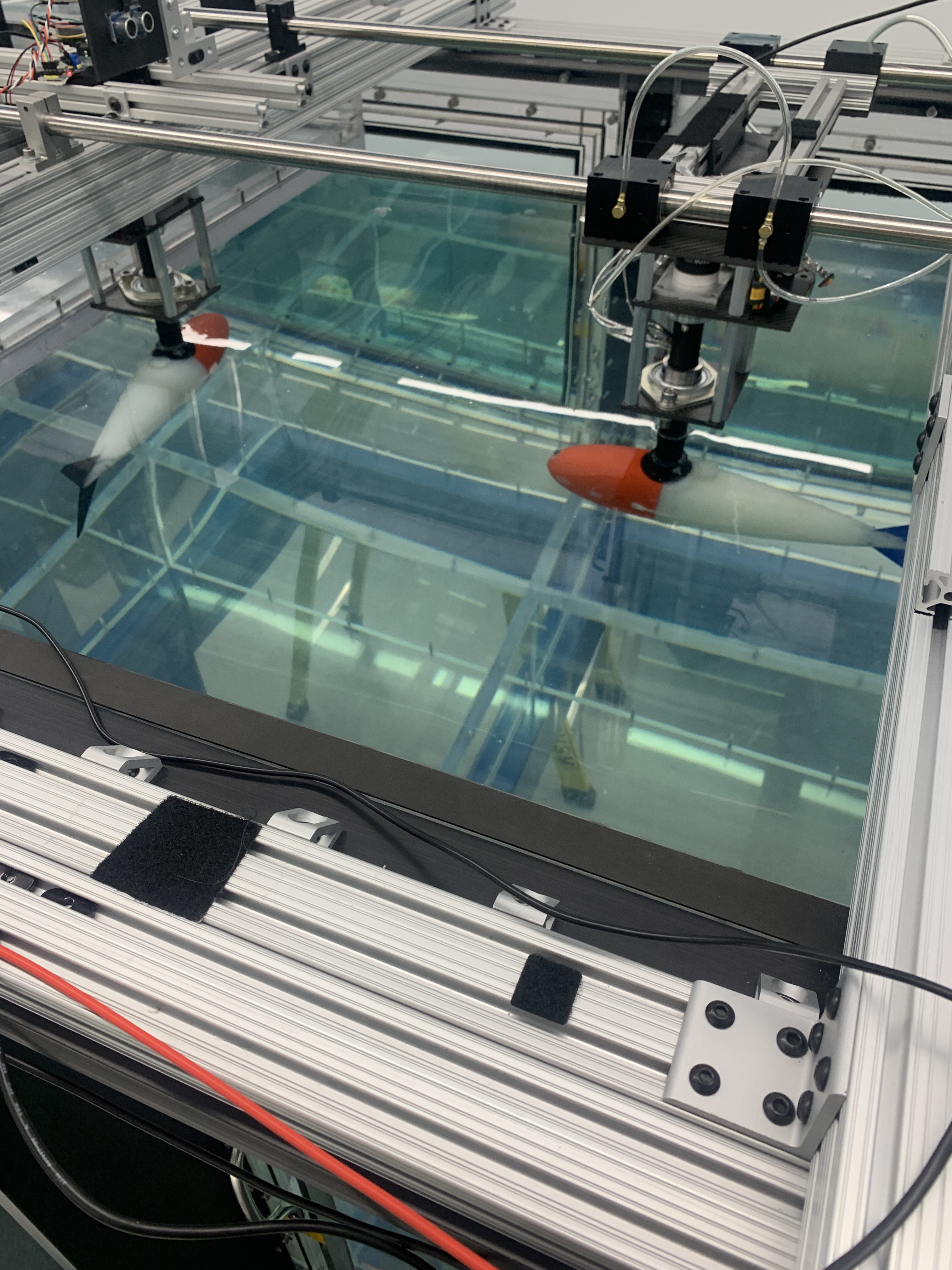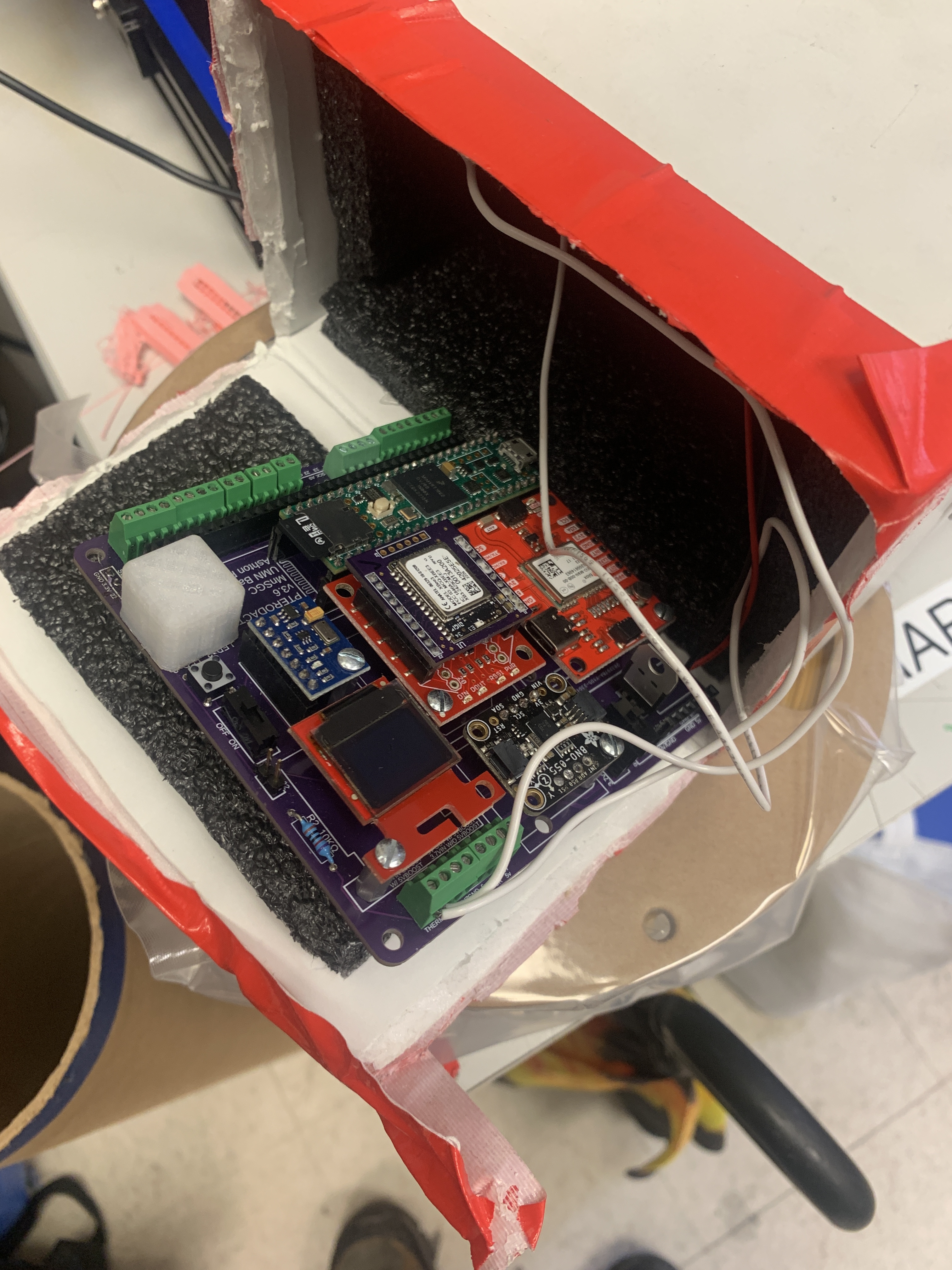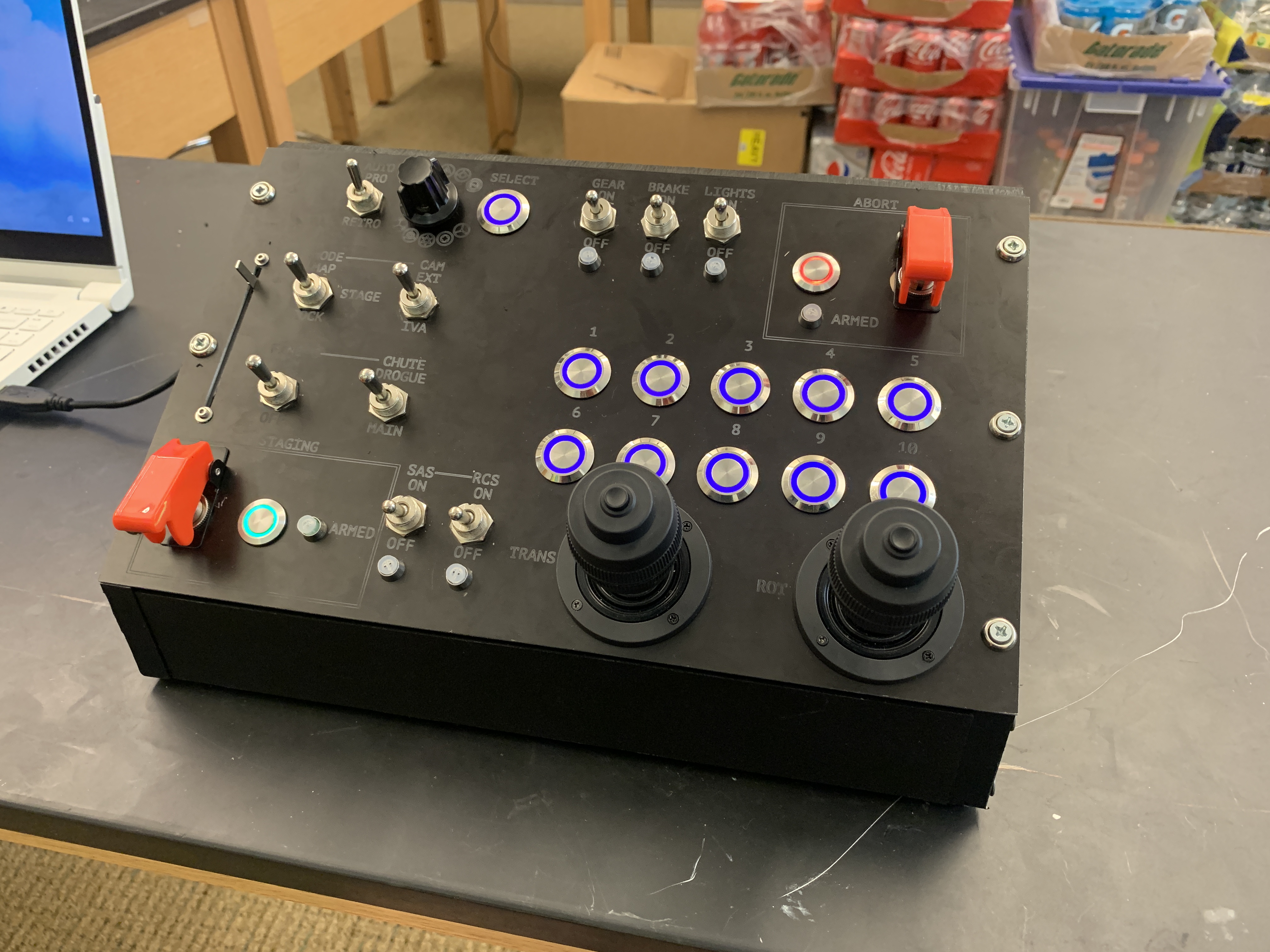| I am a sophomore studying aerospace engineering at the University of Maryland: College Park. Ever since
watching footage of the moon landing as a kid, I've always been fascinated by aerospace.
As I grew up I became more and more involved in stem, first through programming classes in elementary school
and eventually through FIRST Robotics in high school. Since reaching arriving at the University of Maryland, I've been active in a variety of both STEM and non-STEM activities, including the UMD Balloon Payload Program, on campus research with the Collective Dynamics and Control Laboratory, and juggling club. My current research focuses on applying computer vision to complex aerospace problems. Additionally, I am interested in the application of human factors engineering to aerospace systems, and electric propulsion research. |  |






